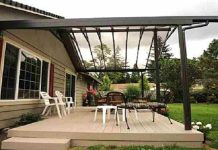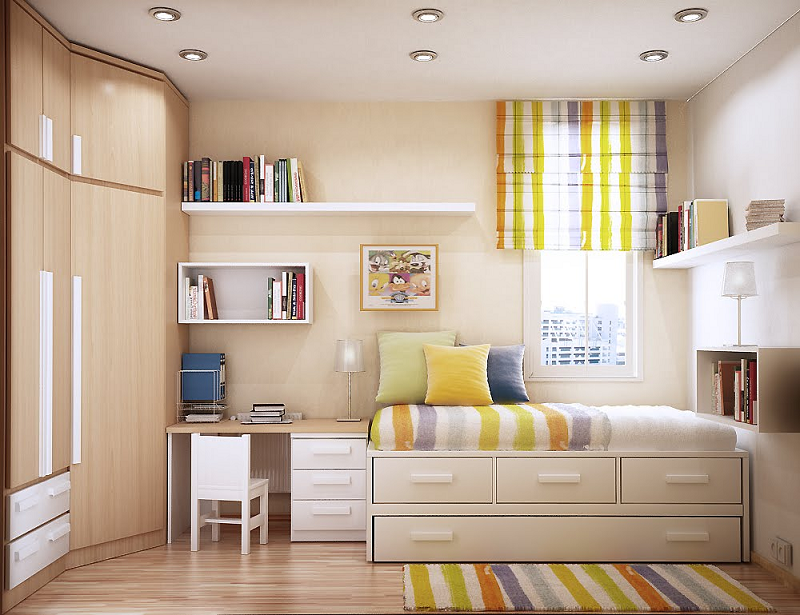You might have heard of gyprocker or gypsum plaster boards, that come in handy during home renovations. Whether you want to patch your walls or the ceiling, it pays to work with reputed contractors. So, if you are trying to restore any damage to your residential or commercial property, it makes sense to check the viability of using gyprock plasterboards. We have discussed the perks and downsides of using this material for home renovations.
What is a gypsum plasterboard?
As the name suggests, these plasterboards contain gypsum, a sulfate mineral containing calcium sulfate dihydrate. Gypsum is naturally found in different parts of the world, and has found its application in the construction industry. Boards made of gypsum are known as plasterboards, wallboards, or drywalls. This plaster panel contains gypsum integrated between two sheets of thick paper or fiberglass.
Advantages of gypsum board
Considering modern paneling products, you cannot possibly overlook gypsum boards. This material has several perks compared to plywood, hardwood, and fiberboard.
1. Resistance to fire
Gypsum is noncombustible, which makes it a great material resistant to fire. Although the boards contain paper, the core areas of the board have chemically mixed water at a 21% rate. On exposure to heat, the board releases steam. It makes the material an ideal option to boost fire resistance in homes.
2. Versatile material
Gypsum boards are affordable and easy to repair. Considering the reliable performance, simplicity of use, and availability, these plasterboards serve as versatile materials. Whether you use them for decorative purposes or carry out a gyprock ceiling repair, you have a positive solution with the material. Compared to other surfacing products, gypsum boards are way more versatile.
3. Long life
The high durability of gypsum plasterboards makes them suitable in the construction industry. You can use them in constructing drywall panels of high quality. The boards are suitable for walls, ceilings, and panels. At the same time, they don’t easily sustain damage from mold, water, or fire.
4. Fast installation
Compared to fiberboard or hardboard, the installation process of plasterboard is comparatively easy. You can install these panels faster since the material is light. Besides, you won’t need much workforce to install the materials. Neither would you need any heavy-duty tool to cut the material. A hand saw and knife can do the job for you.
5. Affordable material
The affordability of gypsum plasterboard makes it one of the best products to repair or renovate your home. You can check out customized boards of the necessary size with a reputed contractor. Besides, the simple installation process ensures lower labor costs.
Downsides of gypsum board
- Although gypsum boards are versatile, you cannot install them on curved surfaces. The curvature can rob the material of its structural integrity, leading to cracks.
- Drywalls are susceptible to water damage. So, you cannot use this material on the exterior of your home.
- If you are looking for eco-friendly building materials, gypsum boards won’t qualify. You cannot recycle these boards later on.
Evidently, the perks of using gypsum plasterboard in your interiors outweigh its drawbacks. Reach out to one of the reputed contractors to install drywall panels if you are planning a renovation for your property.









